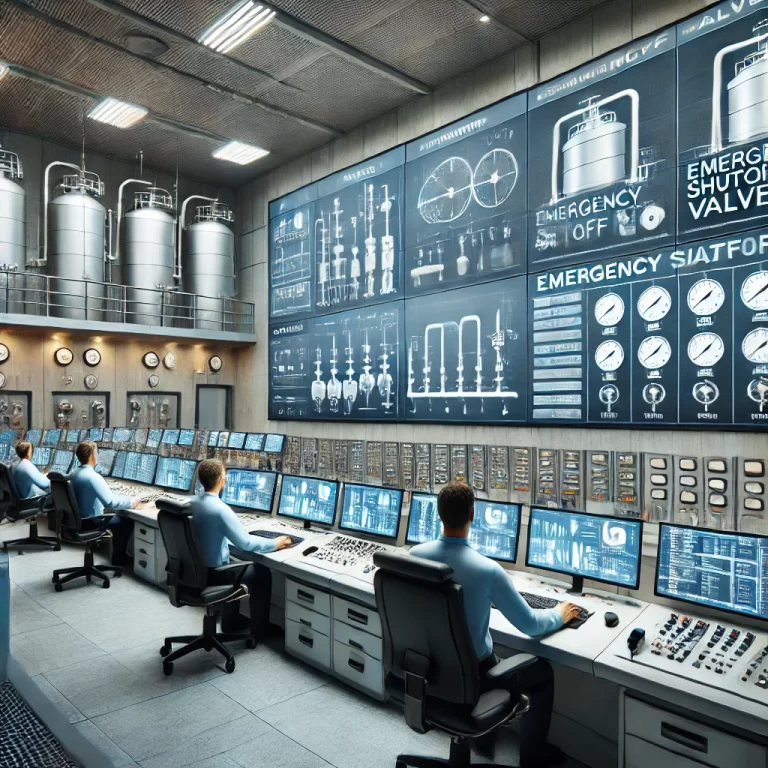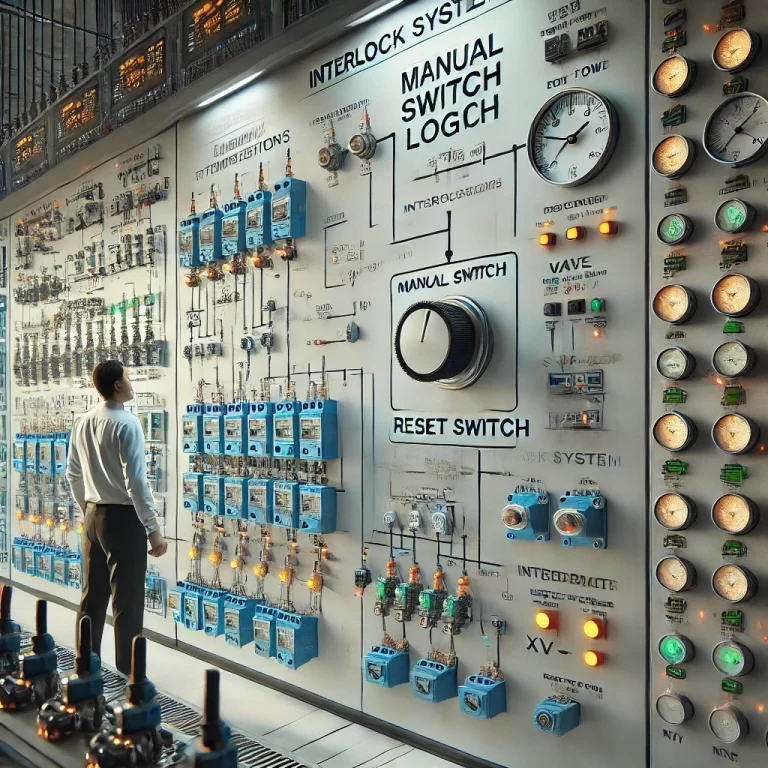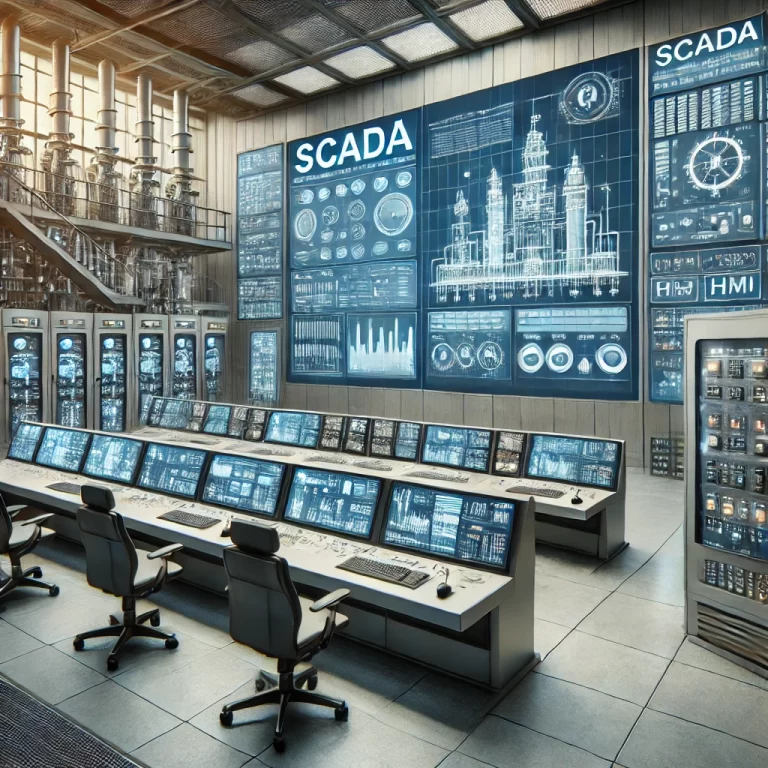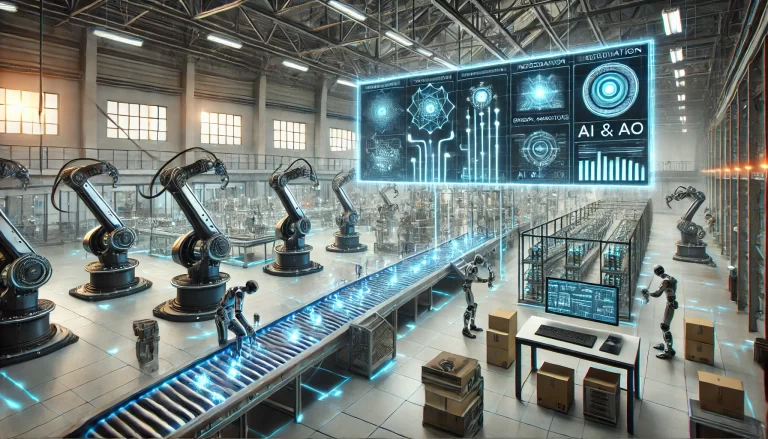Introduction
Industrial automation refers to the application of computer and control technologies to manage and control production processes. By replacing manual operations with automated equipment and systems, industrial automation enhances efficiency, improves product quality, and ensures operational safety. This article introduces the five hierarchical levels of automation architecture:
Field Devices → PLC/DCS → SCADA → MES → ERP
Each level plays a specific role in forming an integrated, intelligent, and efficient production control system.

1. Field Devices – The Foundation of Automation
Field devices are the lowest layer of the automation architecture, directly interfacing with the physical production environment. They include:
Sensors: Detect process variables such as temperature, pressure, and flow.
Actuators: Execute control actions (e.g., valve positioning, motor starting).
Local Controllers: Perform simple control logic near the equipment.
🔧 Example:
In automobile manufacturing, welding robots are equipped with sensors that detect welding temperature and position, ensuring consistent and precise operations.

2. PLC and DCS Systems – The Core Control Layer
PLC (Programmable Logic Controller): A rugged, real-time control device widely used in small to medium automation systems.
DCS (Distributed Control System): Distributes control across multiple processors, suitable for large-scale and complex continuous processes.
Both systems execute control logic based on real-time data from field devices.
⚙️ Example:
In oil refining, PLC/DCS systems regulate flow, pressure, and temperature, ensuring safety and product quality during chemical reactions.
3. SCADA – Supervisory Control and Data Acquisition
SCADA systems serve as the monitoring and supervisory layer, connecting to PLC/DCS systems to provide:
Real-time data visualization
Alarm management
Historical data logging
Remote operation capability
🖥️ Example:
Power grid monitoring systems use SCADA to track voltage, frequency, and load. Operators receive fault alerts and control substations remotely.

4. MES – Manufacturing Execution System
MES bridges shop-floor control and enterprise management. Core functions include:
Production scheduling
Material tracking
Quality management
Data analysis
MES ensures execution aligns with the production plan and optimizes plant performance.
🏭 Example:
In semiconductor manufacturing, MES tracks wafer movement, monitors tool performance, and logs production yield in real time.
5. ERP – Enterprise Resource Planning
ERP systems operate at the enterprise level and integrate:
Sales and procurement
Inventory and logistics
Finance and human resources
ERP supports high-level planning and strategic decision-making. It also interfaces with MES for synchronized business and production operations.
📦 Example:
A food processing ERP integrates purchase orders, stock management, QA records, and finance to streamline operations and trace raw materials.
System Architecture Diagram
+—————————–+
| ERP System | ← Enterprise Resource Management
+—————————–+
| MES System | ← Manufacturing Execution & Coordination
+—————————–+
| SCADA System | ← Supervisory Monitoring and Control
+—————————–+
| PLC / DCS Controllers | ← Real-time Logic & Process Control
+—————————–+
| Field Devices Layer | ← Sensors & Actuators (Data & Action)
+—————————–+

Conclusion
The five layers of industrial automation form a robust and scalable system for intelligent manufacturing. From real-time data acquisition at the field level to enterprise-wide planning and optimization via ERP, each level contributes to:
Increased productivity
Reduced operational costs
Improved decision-making
Enhanced production traceability and safety
Understanding these layers empowers businesses to design, deploy, and scale automation strategies aligned with modern industrial demands.
